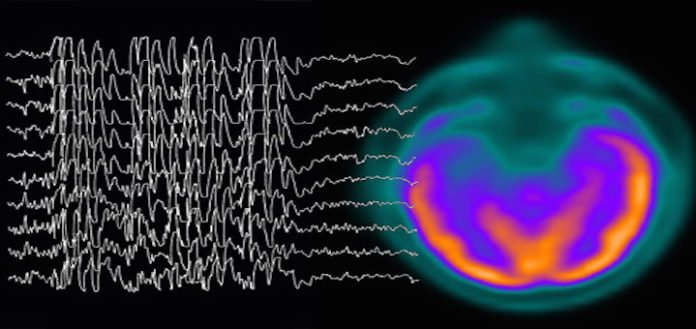According to the latest study, people without electroencephalogram (EEG) preparing can distinguish progressing seizures in sluggish patients through a novel strategy by which patients’ mind waves are changed over to sound.
The traditional approach to interpreting electroencephalograms (EEGs) requires physicians with formal training to visually assess the waveforms. This approach can be less practical in critical settings where a trained EEG specialist is not readily available to review the EEG and diagnose ongoing subclinical seizures, such as nonconvulsive status epilepticus.
Thus, scientists have developed a novel way through which EEG data can be converted to sound in real time by letting the underlying electrophysiological signal modulate a voice tone that is in the audible range.
Although sonification of EEG cannot replace the traditional approaches to EEG interpretation, it provides a potential tool for quickly assessing patients with suspected subclinical seizures such as nonconvulsive status epilepticus.
During the study, scientists selected 84 EEG samples to represent seizures, seizure‐like activity, or nonperiodic, nonrhythmic activity. EEGs from single channels in the left and right hemispheres were then converted to sound files.
Scientists then asked volunteers to designate each audio sample as “seizure” or “nonseizure.” Based on the data, scientists compared their performance with that of EEG‐trained neurologists and medical students who also diagnosed the same EEGs on the visual display.
Dr. Josef Parvizi, Professor of Neurology and Neurological Sciences at Stanford University Medical Center said, “The majority of seizures in critically ill patients are non-convulsive and many comatose patients do not recover because their brains keep seizing. Kids with these silent seizures, if they survive, will leave the hospitals with major cognitive impairment. If detected in time, however, these seizures can be treated quickly and patients can recover without major harm to their brain. So it is time to think about alternative methods by which everyone, including even medical students, can detect such seizures.”
The study is published online in the journal Epilepsia.
